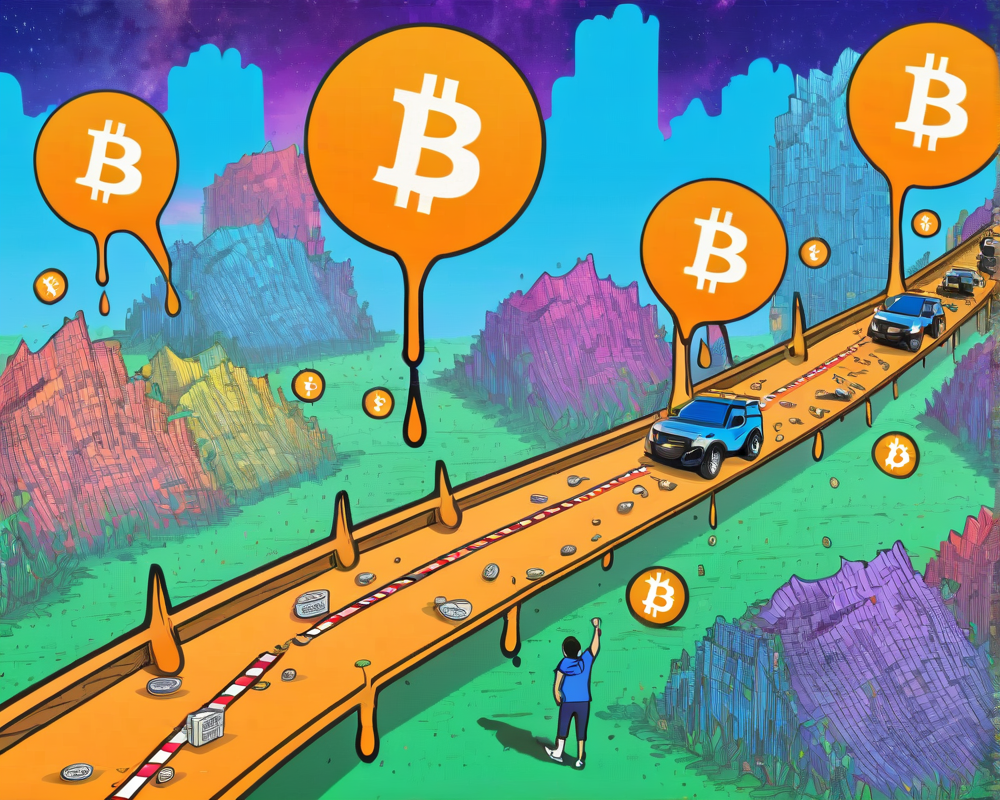The Recent Slip: Binance’s Market Share Takes a Hit
In the world of cryptocurrency trading, fortunes can change at the blink of an eye—just ask Binance. The exchange, once ruling the roost with a hefty 65% market share at the end of 2022, has recently seen a drop to 54% by the end of Q1. What happened? Well, a combination of regulatory drama and a shift in trading fees seems to be the culprits.
The Lawsuit: CFTC Uproar
On March 27, the U.S. Commodity Futures Trading Commission (CFTC) threw a legal monkey wrench into Binance’s operations, accusing it of playing fast and loose with regulatory compliance. Allegedly, Binance was offering trading services to U.S. customers without the proper certifications. You can imagine the collective gasp from traders and investors alike!
Goodbye, Zero-Fee Trading!
Shortly before the lawsuit, Binance made a questionable decision to end its beloved zero-fee trading for 13 pairs, including the popular Bitcoin and Ether. It was a move reminiscent of a kid taking away the dessert cart just when everyone is settling in for dinner! As a result, Binance watched its trading volume plummet by a staggering 16% according to blockchain analytics platform Kaiko.
Silver Linings and U.S. Expansion
But fear not, Binance has a glimmer of hope! Binance.US, its American sibling, tripled its market share from a paltry 8% to a buoyant 24%. Having a little relative success in that department must have felt like getting an unexpected raise during a layoff period.
Looking Beyond: The Competitive Landscape
While Binance witnessed a slip, it still maintains a lead over competitors like OKX and Bybit. The derivatives market proves less volatile than spot trading, with just a 2% dip in that area. It seems like traders prefer to stick to their futures contracts despite the uncertainty buzzing in the air.
The Rise of Decentralized Trading
Amidst this tumultuous backdrop, the winds of change are blowing towards decentralized exchanges (DEXs), with trading volumes on platforms like Uniswap skyrocketing. Are traders finally getting the hint that decentralization might be the way to go? With traditional exchanges losing their shine, the allure of self-custody wallets seems more pressing than ever.
Conclusion: What’s Next for Binance?
As Binance navigates these choppy waters, it will need to adapt swiftly to regain an edge in a competitive landscape that is changing rapidly. With regulatory scrutiny looking over its shoulder and liquidity shifting towards decentralized alternatives, the road ahead could be as bumpy as the last crypto crash. Stay tuned; the saga continues!



